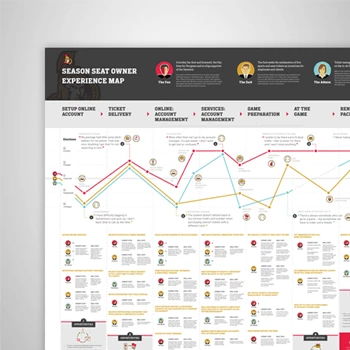User Experience Strategy
A game plan to guide decisions about UX initiatives
We work closely with you and your team to get your User Experience strategy off the ground. Together, we determine what responsive web and software app combination is right for your business at this time, in what form, and what's needed get it done. You gain clarity about where your competition stands with their offering, and locate your best opportunities for differentiation.












